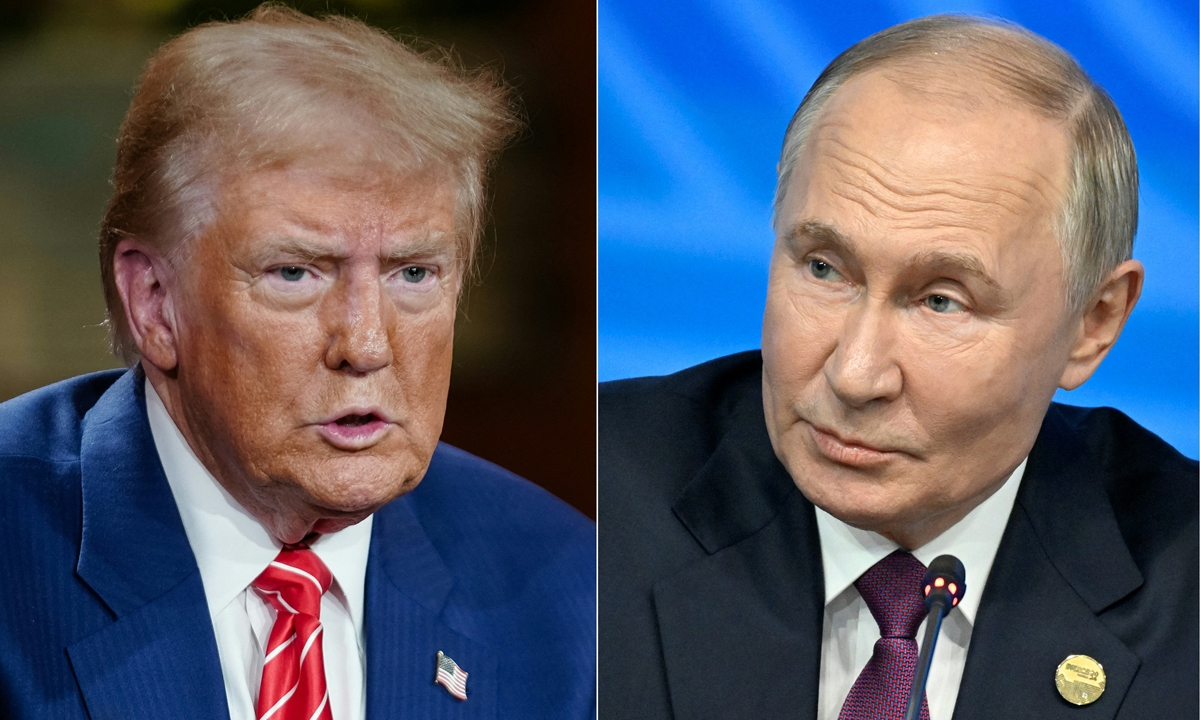
The return of Donald Trump to the political forefront has reignited discussions about his seemingly close relationship with Russian President Vladimir Putin. This rapport, often highlighted by mutual praise and aspirations for stronger U.S.-Russia relations, belies a complex backdrop of unmet deals, heightened tensions, and global geopolitical shifts.

Trump’s Deal-Making Persona Versus Reality
President-elect Donald Trump has often touted himself as a master dealmaker, capable of leveraging personal relationships to resolve international conflicts and realign global politics. His interactions with Putin have been central to this narrative, suggesting that their warm personal connection could pave the way for resolving the ongoing conflict in Ukraine and easing tensions between the world’s leading nuclear powers.
However, their track record tells a different story. Despite their friendly exchanges, significant agreements on issues like arms control and Ukraine’s political status have eluded them. As Trump prepares to re-enter the White House, the realities of their past dealings suggest a challenging road ahead.
Unfulfilled Promises and Escalating Tensions
During Trump’s first term, the anticipated U.S.-Russia reset did not materialize. Efforts to negotiate on key matters such as arms reduction and security cooperation foundered. The U.S. continued to support Ukraine against Russian military aggression, contradicting Russia’s hope for a neutral and non-NATO-aligned Ukraine.

The return to public niceties has not bridged the fundamental differences between the two nations. The Kremlin’s recent congratulatory messages to Trump contrast sharply with ongoing military actions in Ukraine, where Russian forces continue to make territorial gains. According to Andrei Kolesnikov, a veteran Russia watcher, Putin is not prepared for substantive peace talks, believing instead that his military and financial resources will sustain his long-term objectives.
The Strategic Implications of Trump’s Policy Proposals
Trump’s selection of Rep. Mike Waltz as his national security adviser is seen as a mixed blessing for Putin. While Waltz has criticized the magnitude of U.S. aid to Ukraine, he has also advocated for stronger European involvement and hinted at the possibility of the U.S. lifting restrictions on long-range weapons to Ukraine, which could alter the military balance significantly.
Moreover, Trump’s intent to boost U.S. oil production could impact global oil markets, a critical economic area for Russia, already squeezed by Western sanctions. His policies towards other key Russian allies like North Korea and Iran are also likely to strain Moscow’s strategic calculations.

Personal Dynamics and Political Realities
The warmth displayed in public between Trump and Putin does not alleviate the undercurrents of suspicion and strategic rivalry. Recent reports, including claims of multiple phone conversations revealed in Bob Woodward’s book, suggest a deeper level of engagement than publicly acknowledged, although these are denied by Kremlin spokespeople.
Their past interactions, such as the extended discussions at the G20 summit and subsequent meetings, indicate a relationship that is both personally engaging and professionally fraught with difficulty. As Trump steps back into the Oval Office, the world watches closely to see if this complex relationship will lead to diplomatic breakthroughs or further entrenchment of global divisions.
In the interplay of public declarations and private negotiations, the Trump-Putin dynamic remains a pivotal axis around which much of the current geopolitical uncertainty revolves, underscoring the intricate dance between personal rapport and national interests in shaping international relations.
